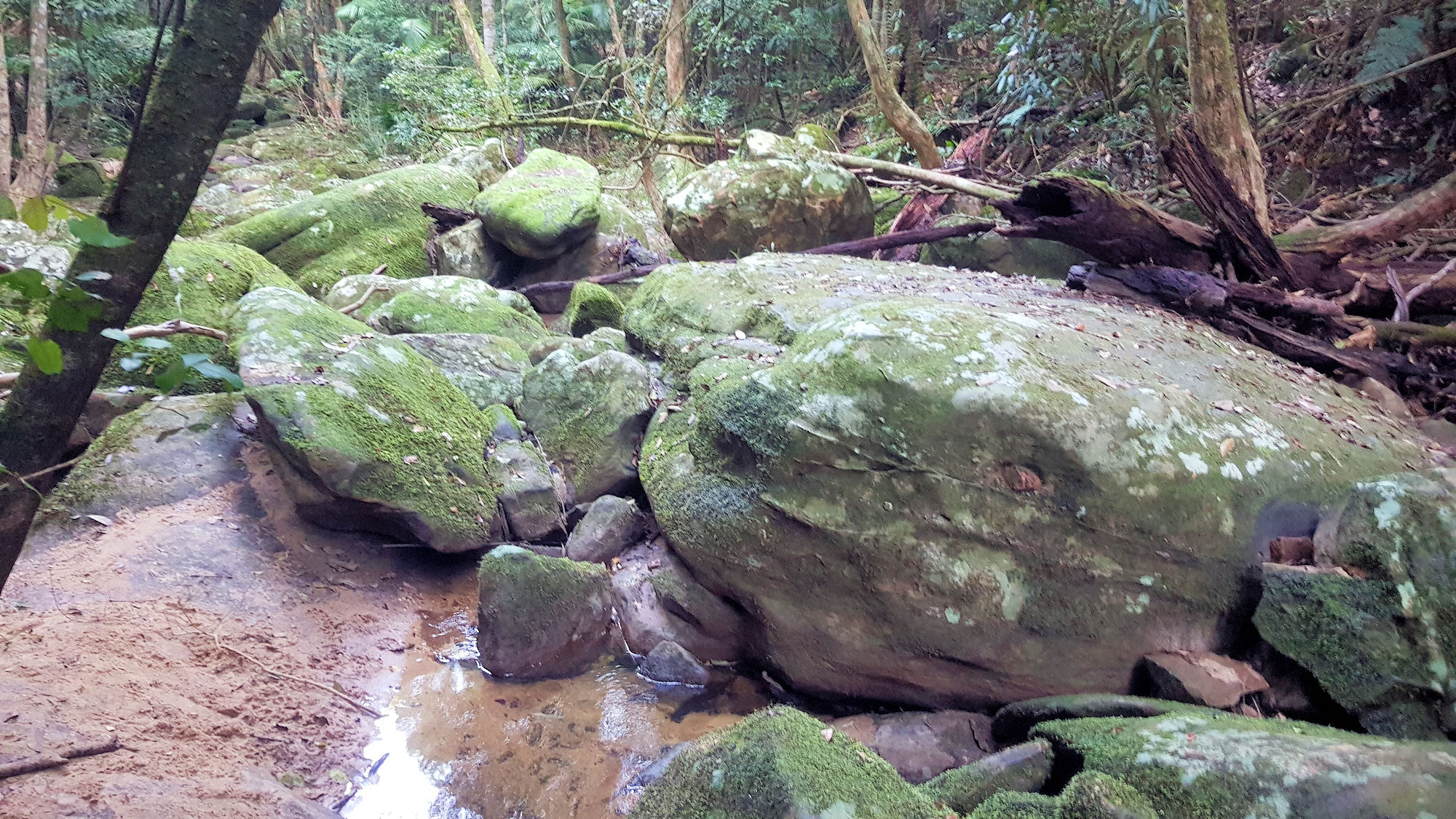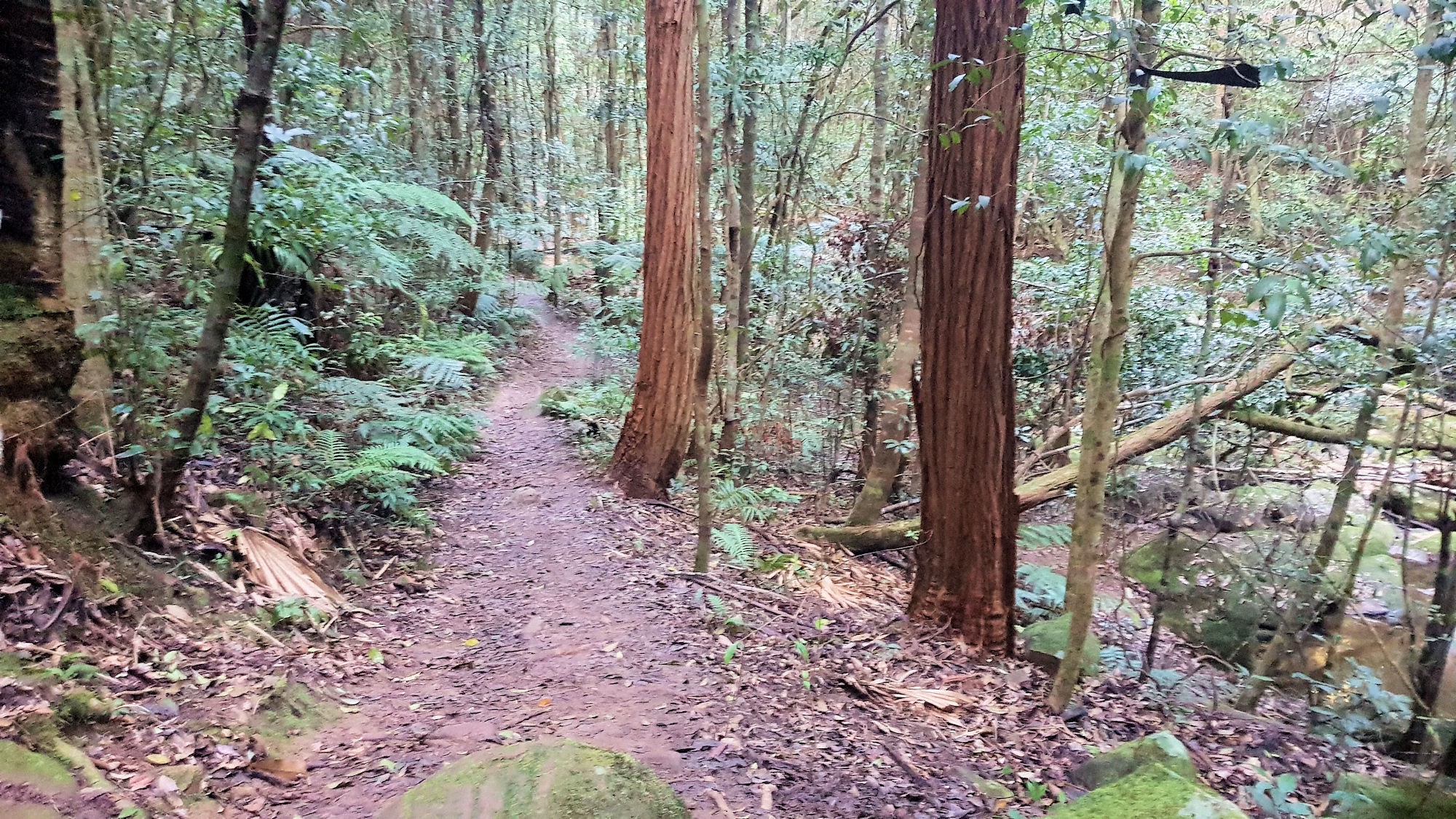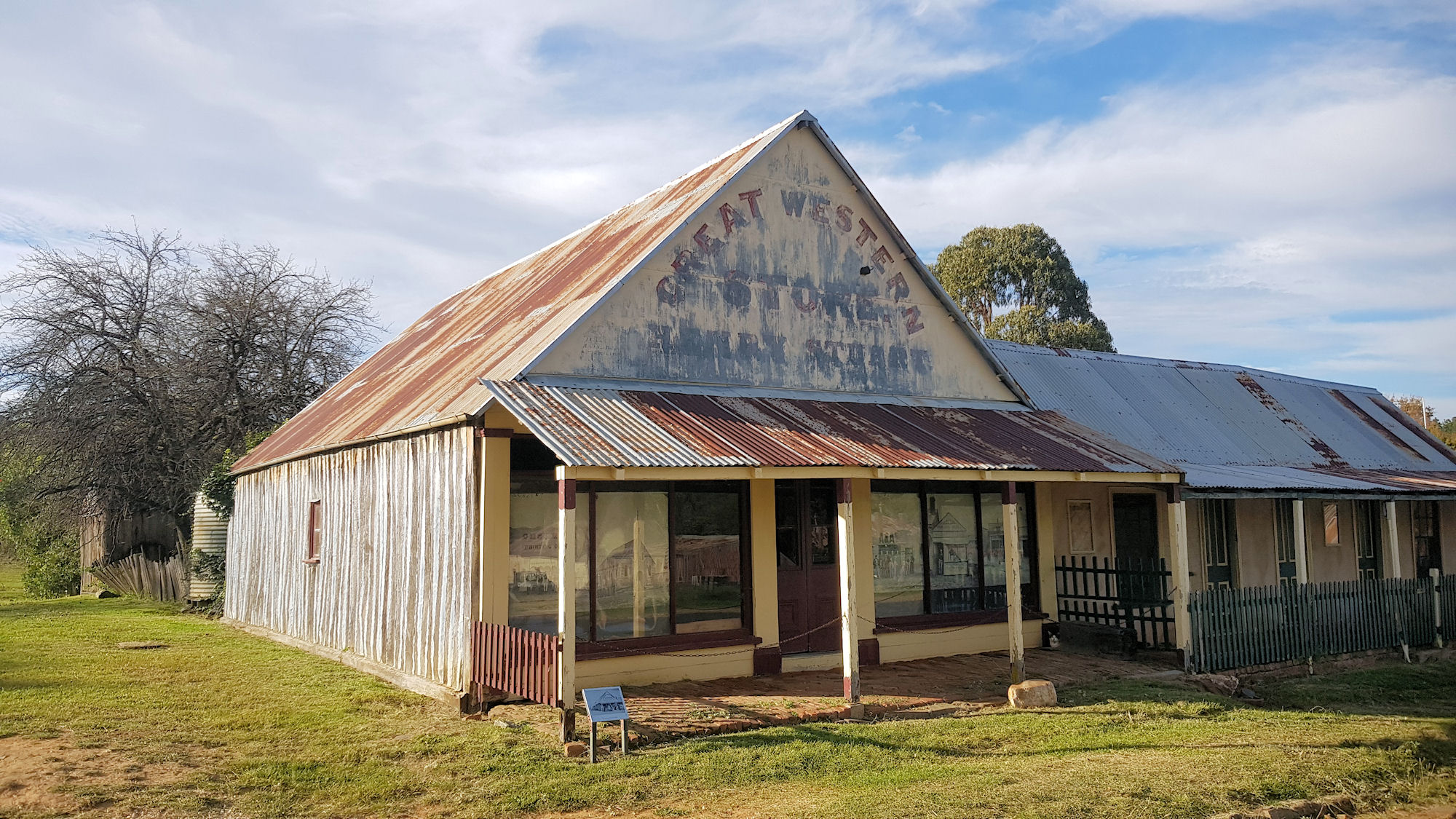Tag: Bush Walking
-
Stoney Creek Track Strickland State Forest

Stoney Creek Track Strickland State Forest Getting There Located in the Strickland State Forest, Stoney Creek Track is a great walk winding its way along Stoney Creek from the upper Banksia picnic area to the lower carpark. Banksia Picnic Area The track starts near the entrance to the Banksia Picnic Area, where a large car… Read more
-
Ridge to Rainforest Track Strickland State Forest

Ridge to Rainforest Track Strickland State Forest Getting There Located in the Strickland State Forest, the Ridge to Rainforest Track is a great walk winding its way through the dry forest along the ridge into the gully rainforest along the creek. Mossy rocks, statuesque trees and a planted grove of Hoop Pine are featured along… Read more
-
Hill End Historical Gold Mining Town

Hill End A gold rush in the 1870s turned Hill End from a small rural village into one of the largest inland towns in New South Wales. When the boom finished, the town reverted back to a small village, however unlike other boom / bust towns many of the historic buildings remain. Now heritage listed,… Read more